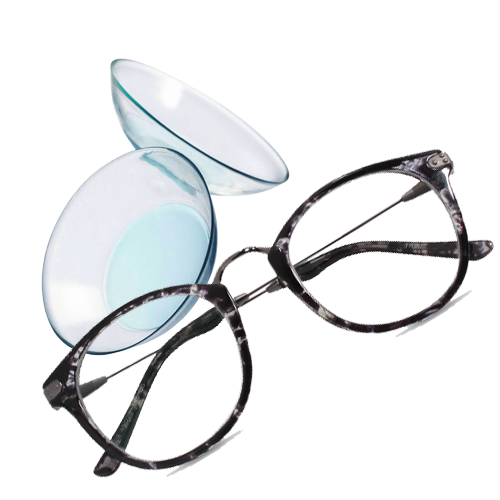Brien Holden Vision Institute research provides clinical evidence through a series of studies that look at contact lens performance by combining different lenses with different lens care products
 Discomfort among contact lens wearers is still a common problem. One way optometrists can address this is by switching either the lens care product or the contact lens or in some cases both. Most of the time this is a trial and error process due to the complexity involved in determining the cause of the discomfort experienced. Adding to this complex situation, practitioners need to offer the healthiest option to their patients, minimizing the risks of potential complications.
Discomfort among contact lens wearers is still a common problem. One way optometrists can address this is by switching either the lens care product or the contact lens or in some cases both. Most of the time this is a trial and error process due to the complexity involved in determining the cause of the discomfort experienced. Adding to this complex situation, practitioners need to offer the healthiest option to their patients, minimizing the risks of potential complications.
There is clinical evidence that some contact lenses perform better with specific lens care systems. The institute has conducted a series of studies, collectively called the Brien Holden Vision Institute Matrix Study, where 37 combinations of different contact lens and lens care products have been tested. Key findings from this data set are that symptoms and the rate of complications varied according to the combination of lens type and care system used. The combinations with the best comfort scores did not necessarily have favourable complication rates. By using these data, practitioners can now maximize the performance of commercial products by choosing an appropriate lens care system for the contact lenses they prescribe. This study was published in the American Academy of Optometry journal, Optometry and Vision Science, Volume 90 – Issue 4.
In addition, evidence exists that suggests the lens care system can influence the corneal inflammatory response and modulate the level of discomfort with contact lenses. Contact lenses can react to contact lens solution chemicals, such as disinfectants that prevent the spread of bacteria in the solution bottle. This can lead to problems; the eye can become red, dry and can result in an unhealthy cornea.
Dr Percy Lazon de la Jara – Head of Clinical Research at Brien Holden Vision Institute said, “The outcomes of a retrospective analysis where the same contact lens was used as daily wear (re-usable) and as a daily disposable (single use) in a group of 323 participants indicate that the use of lens care products affected the performance of contact lenses. The daily disposable modality offered better levels of comfort and very low incidence of adverse events.”
This research was published in Optometry and Vision Science, Volume 90 – Issue 7.












